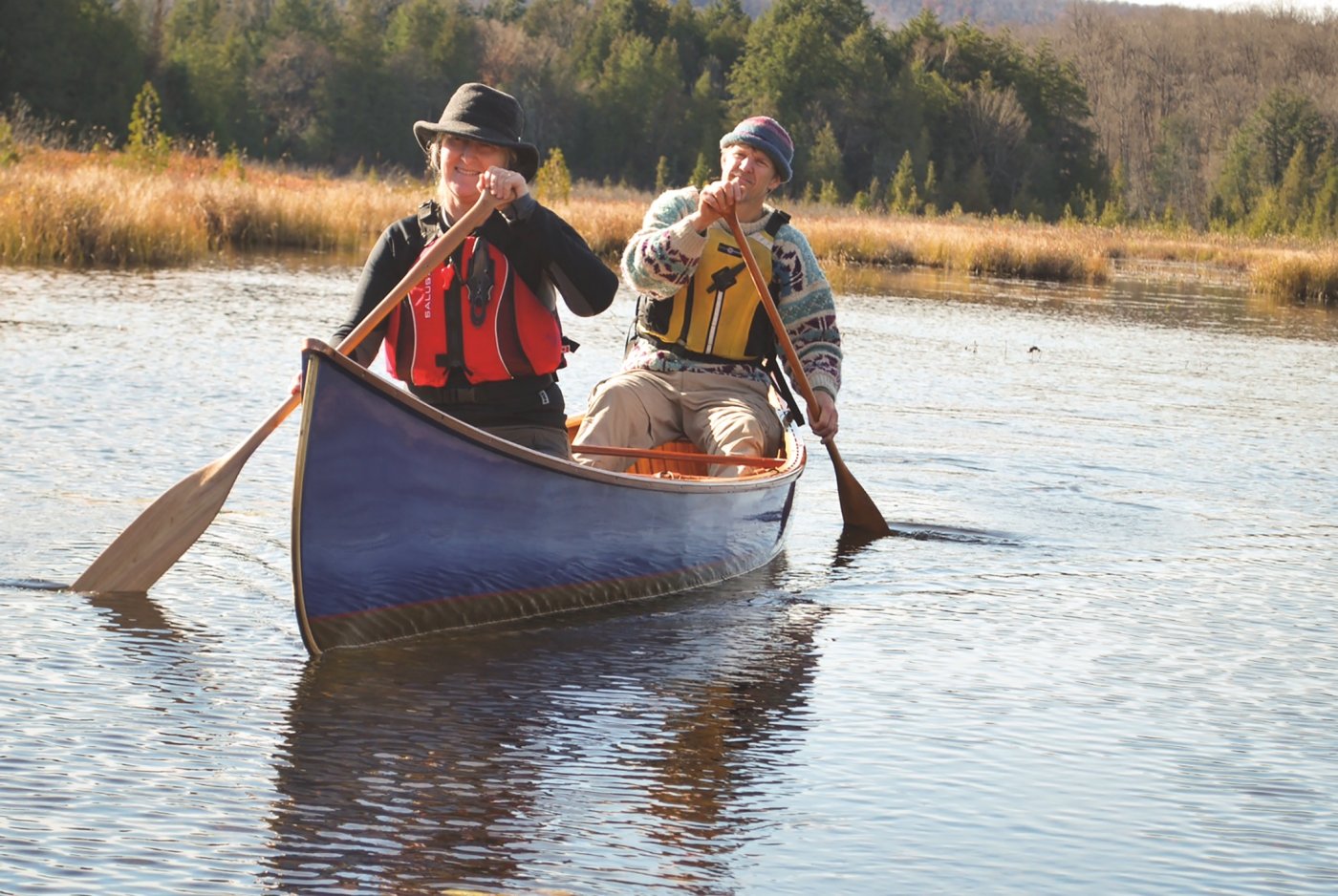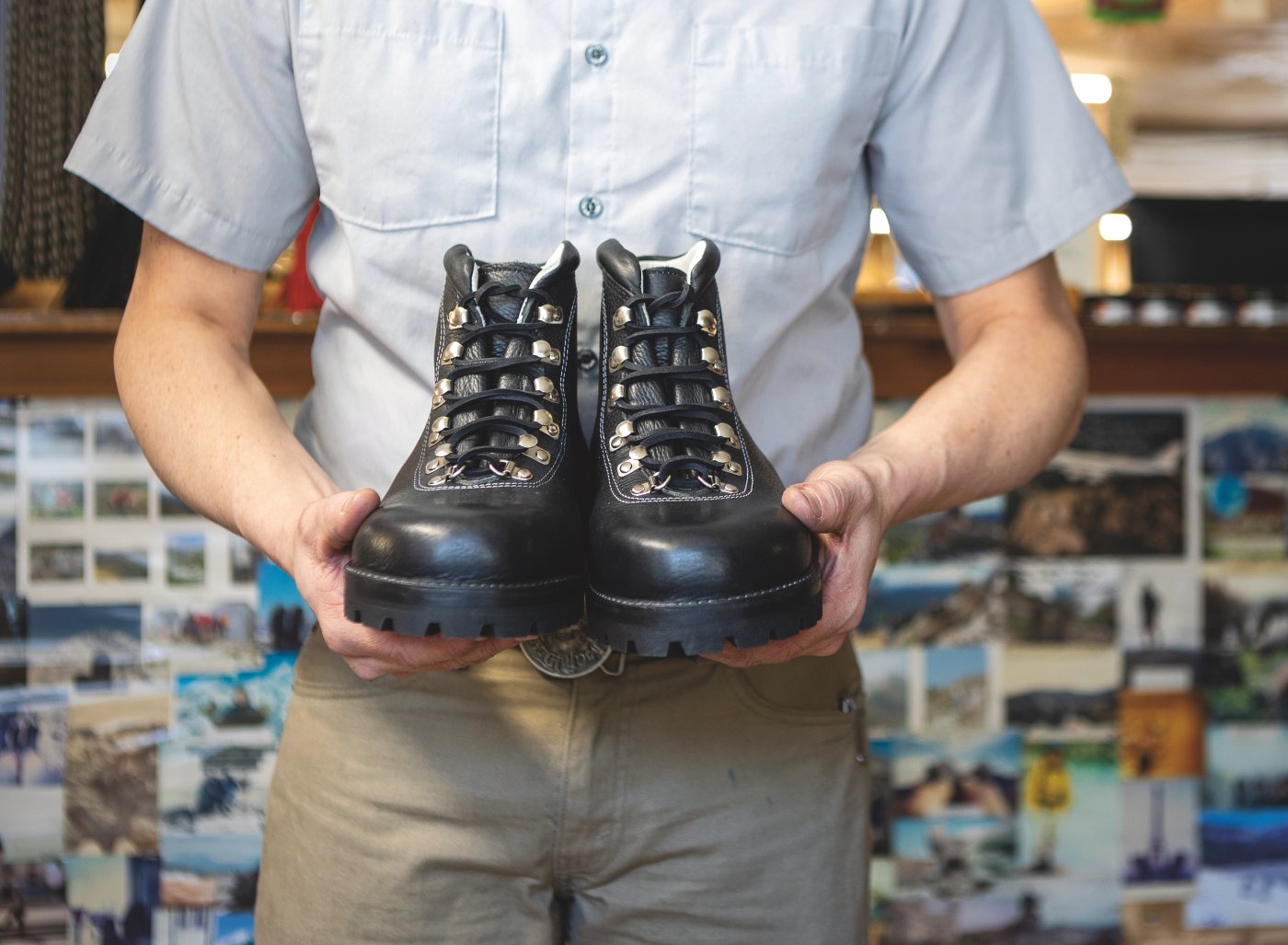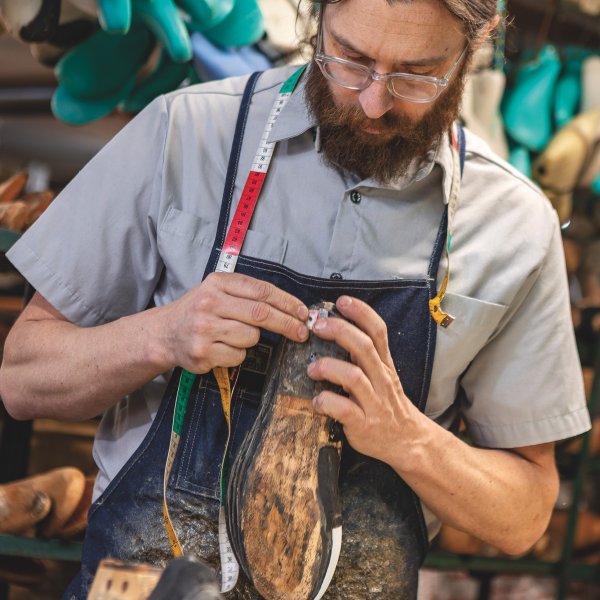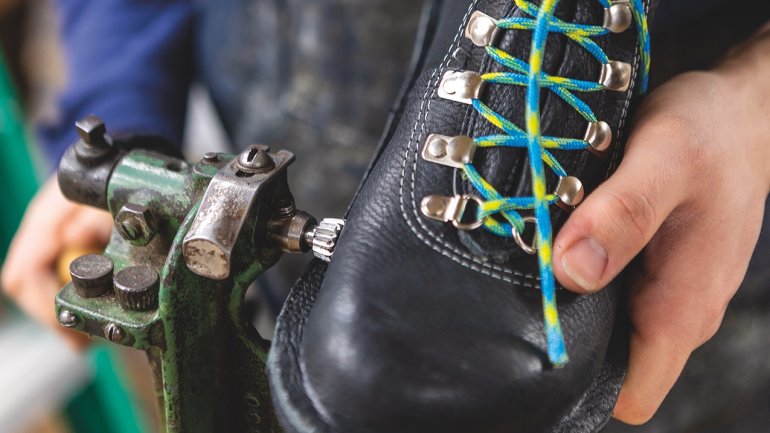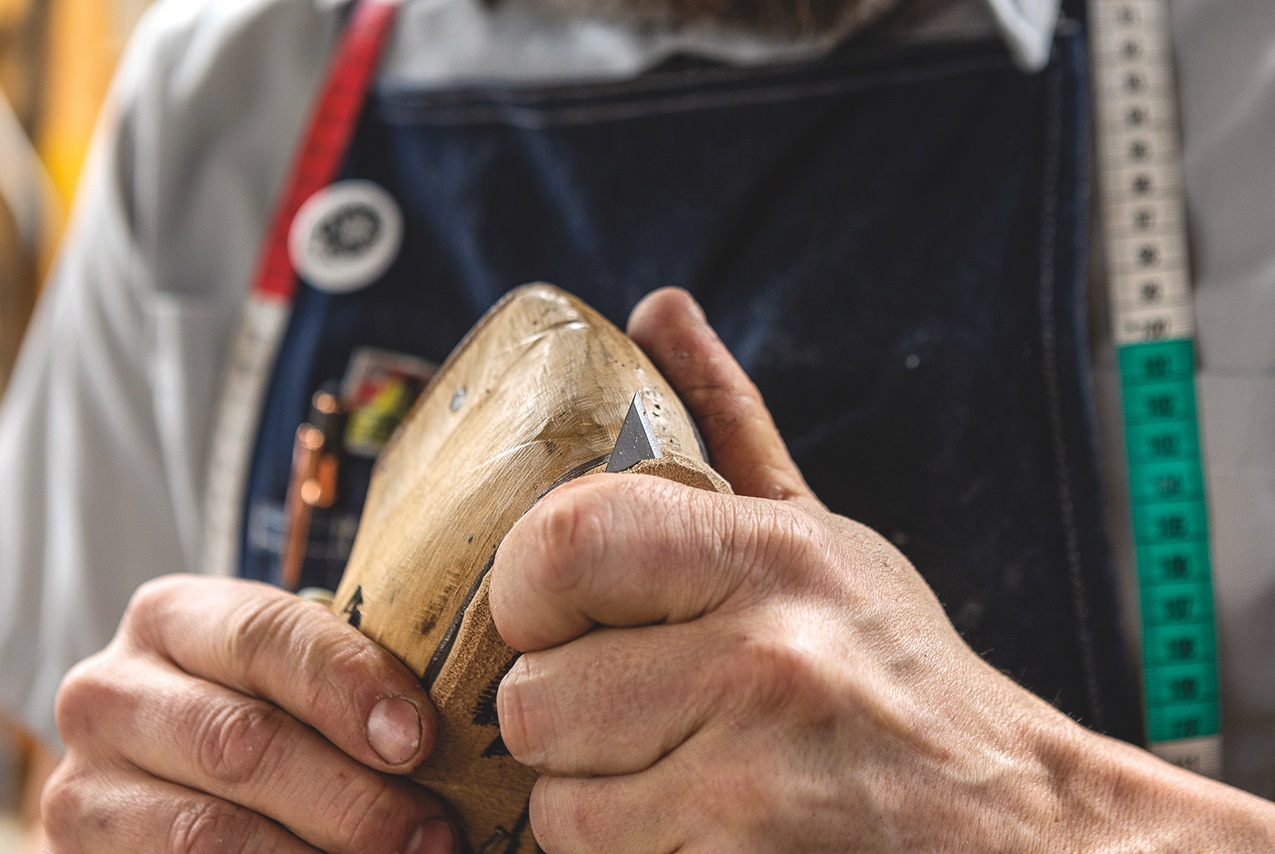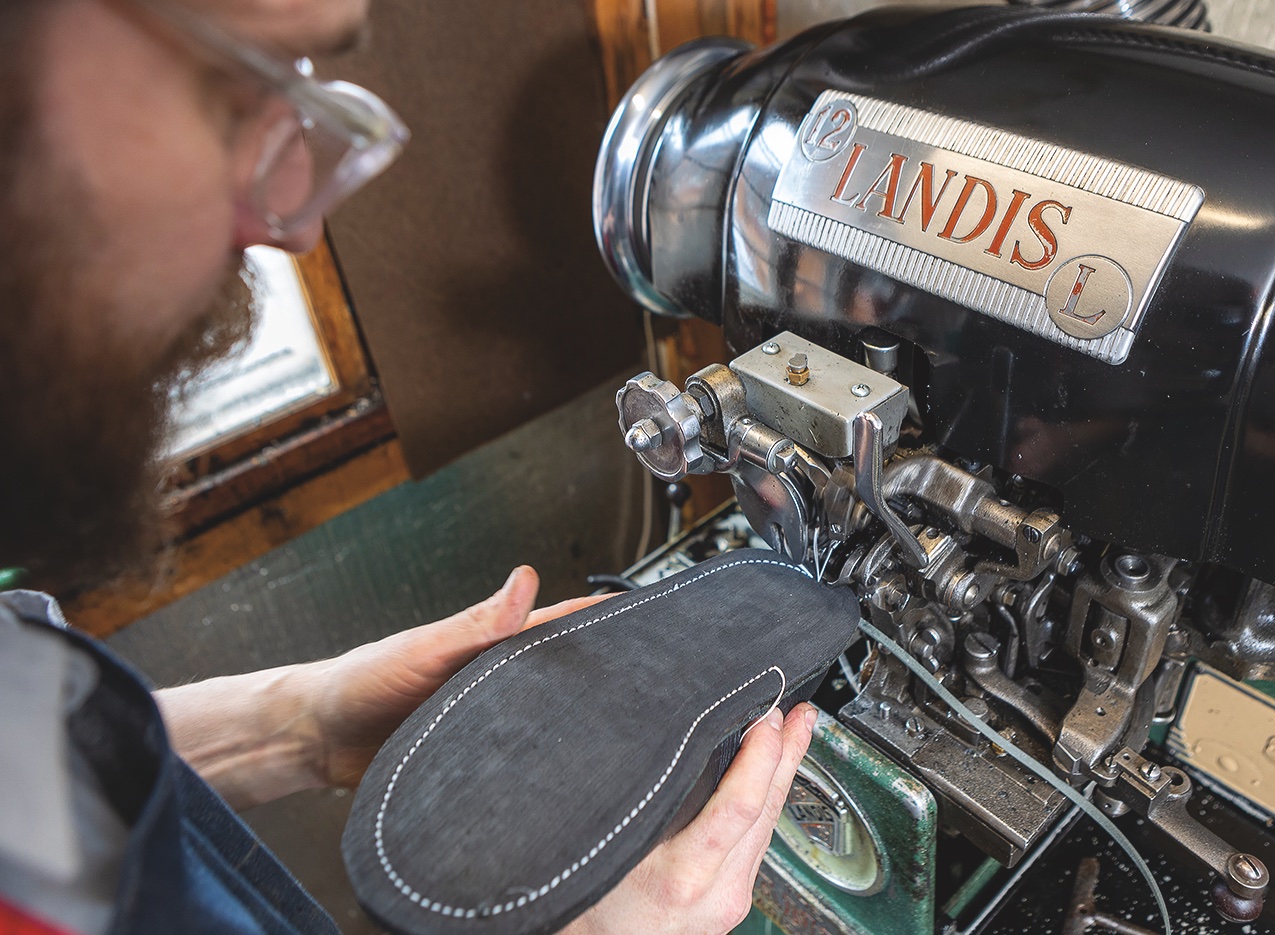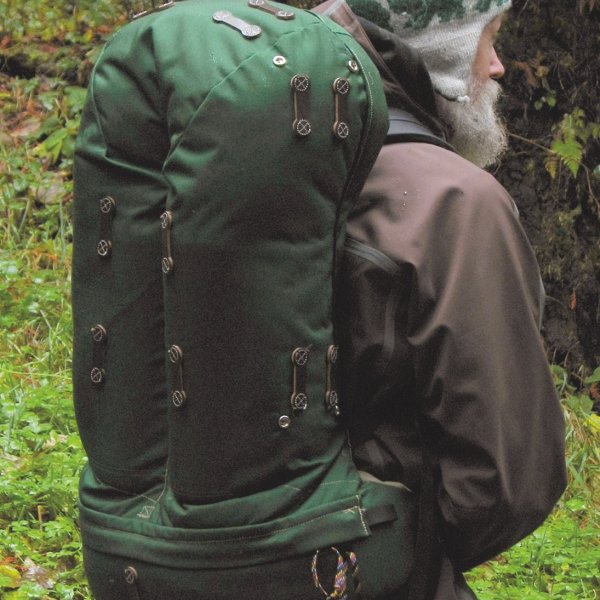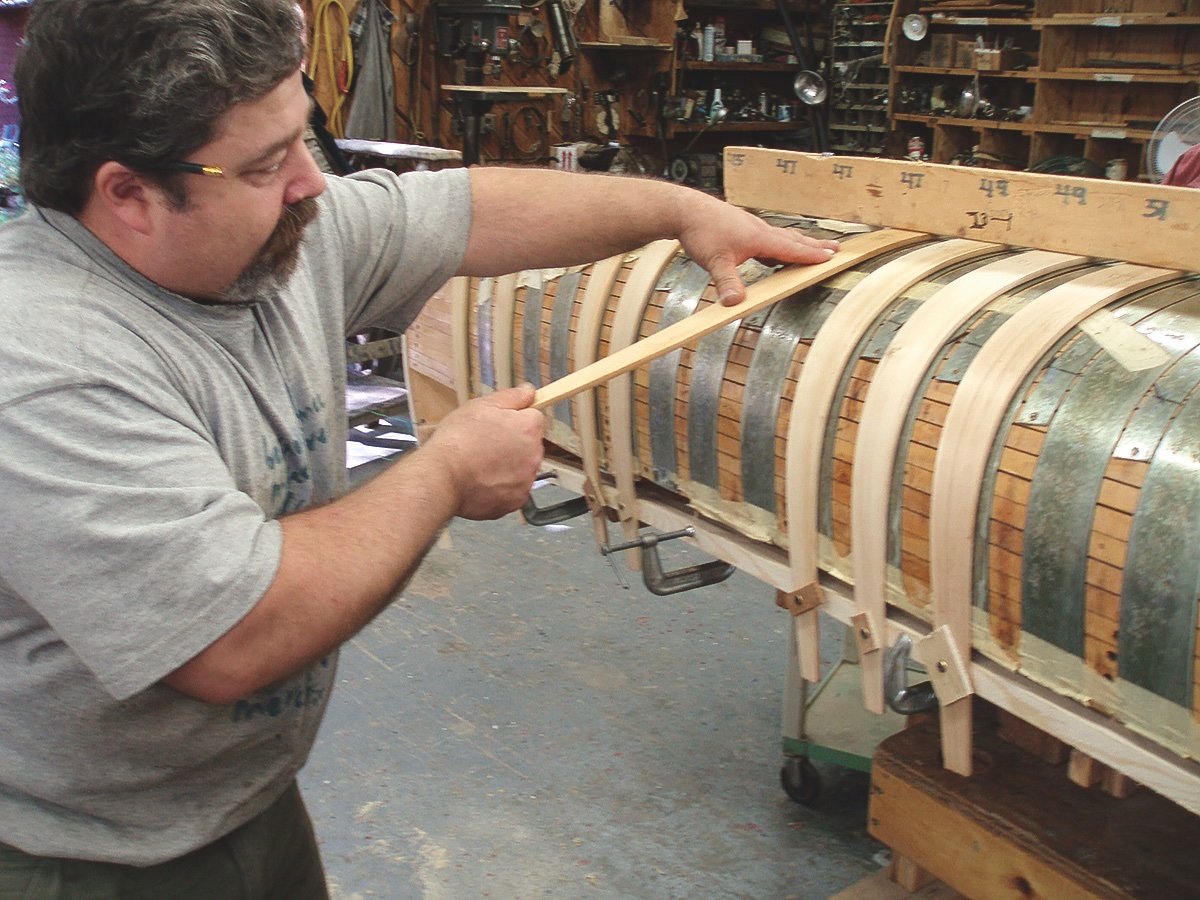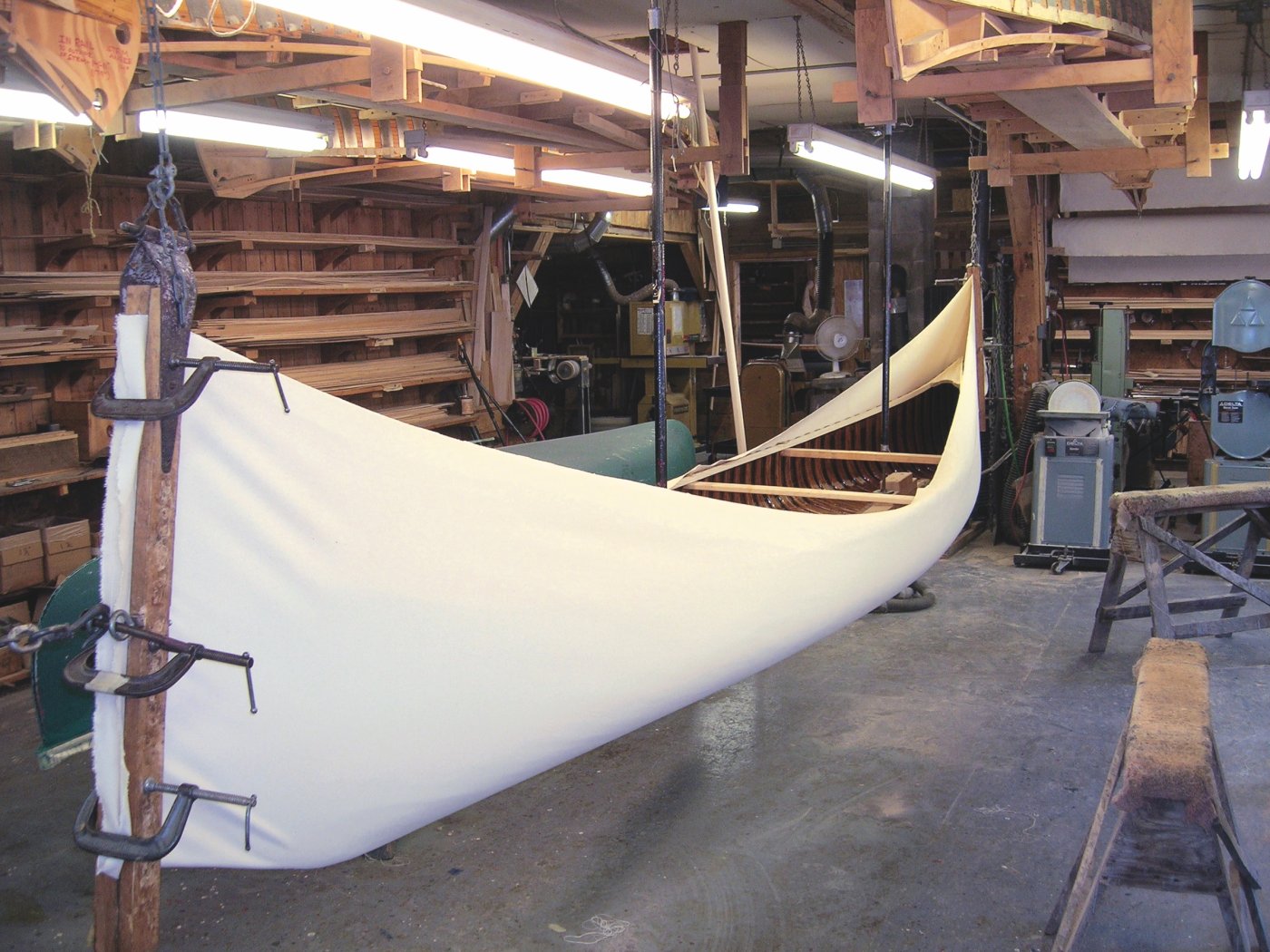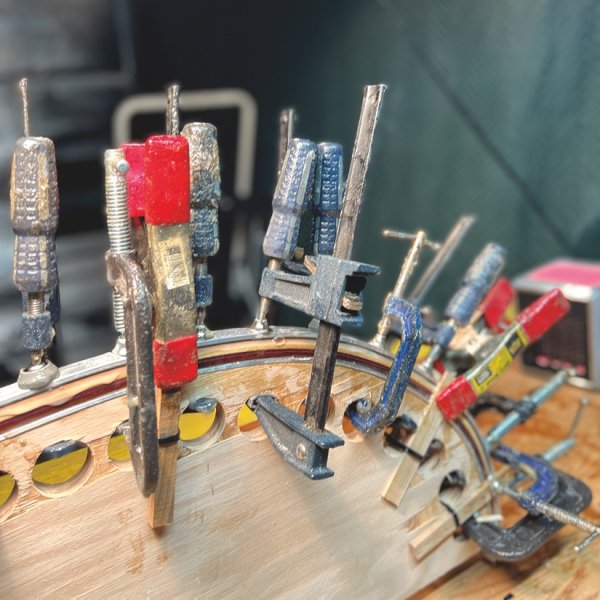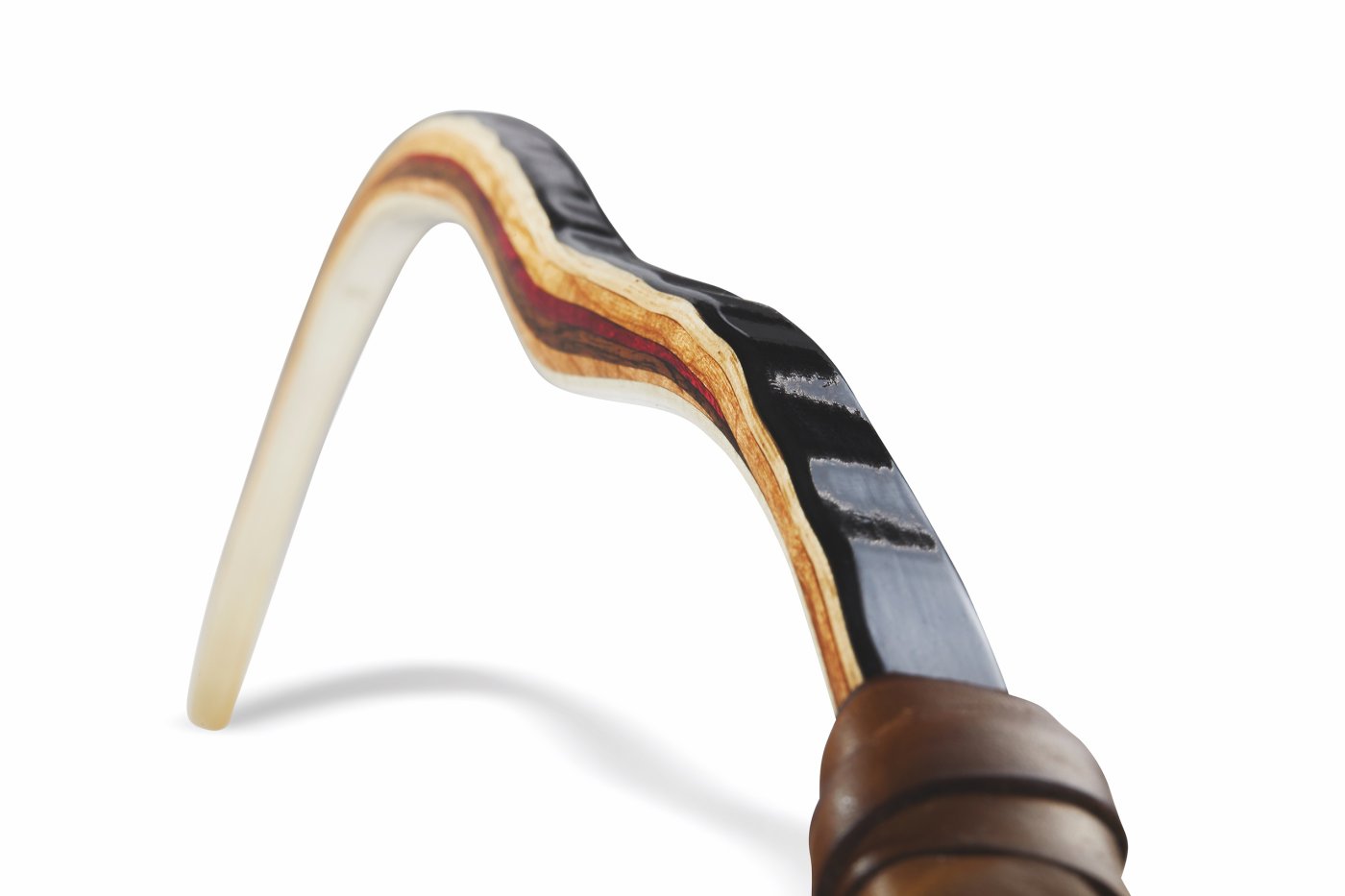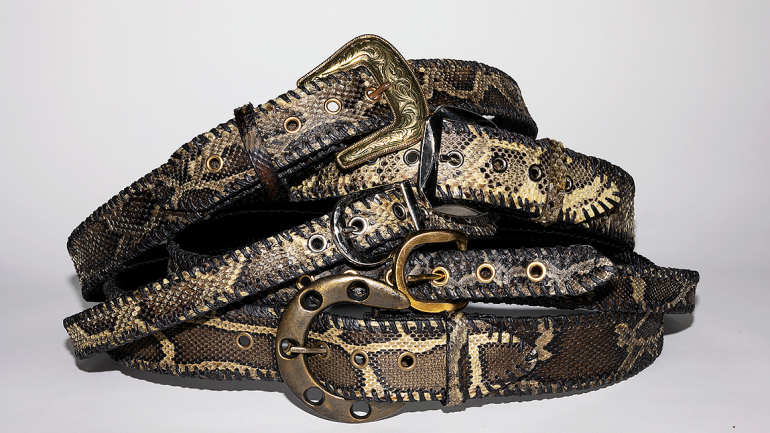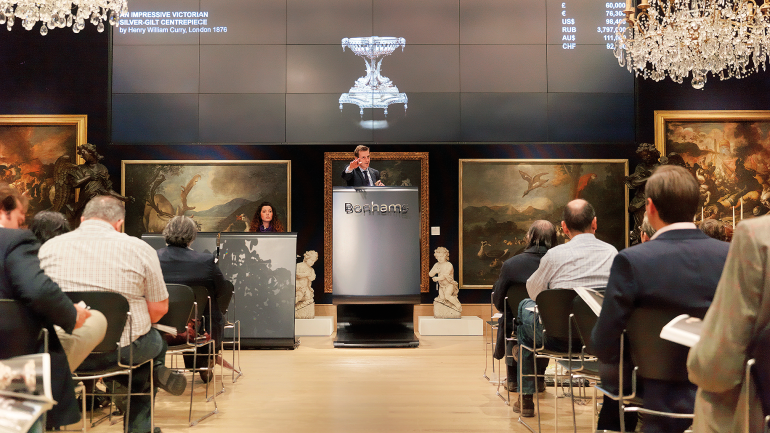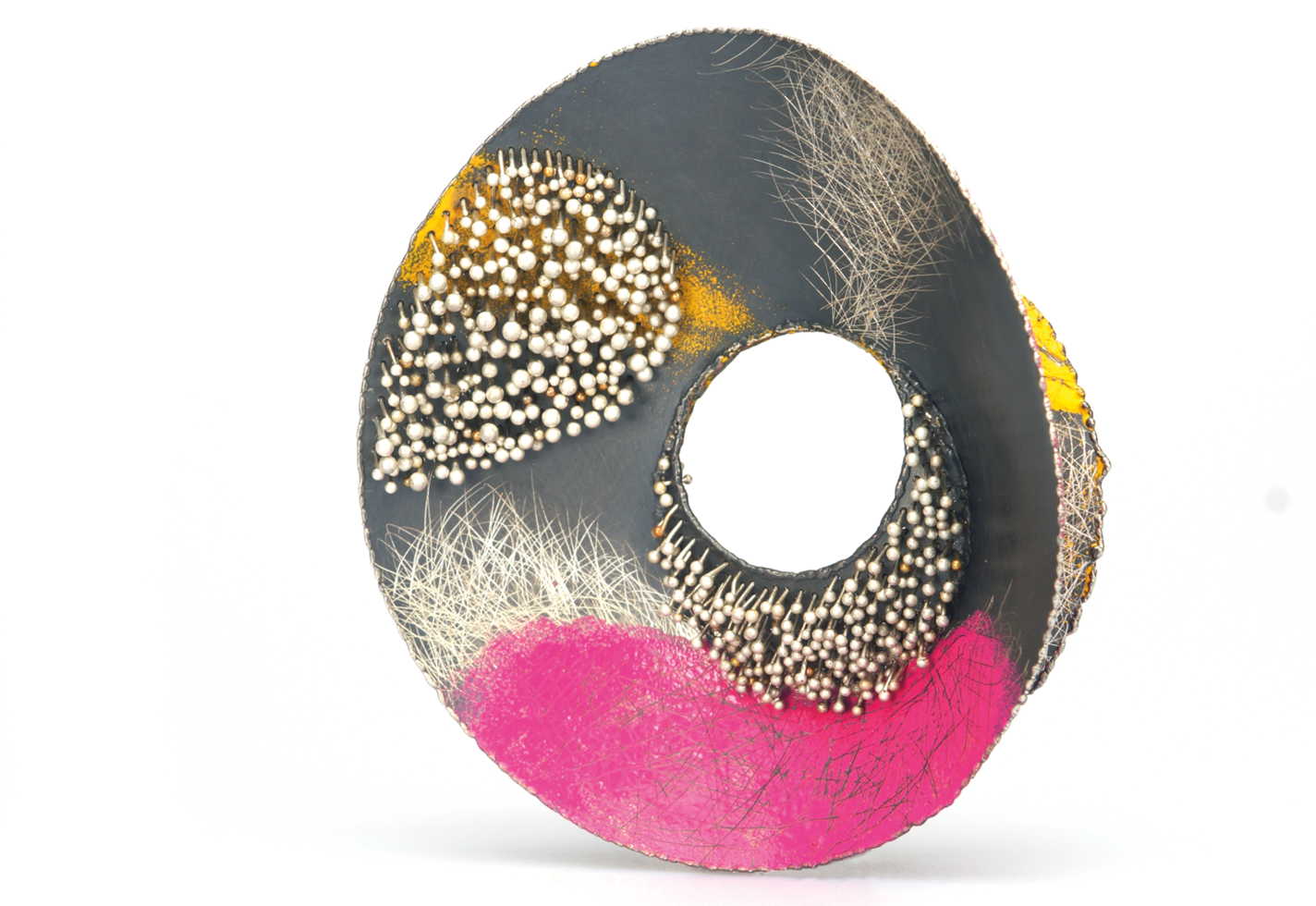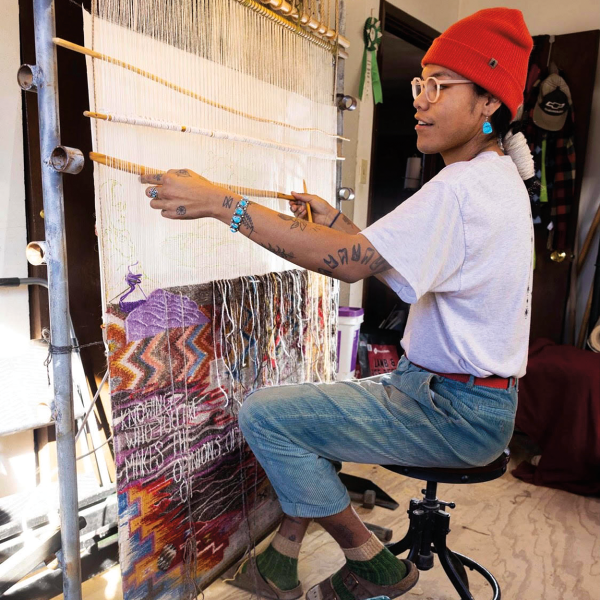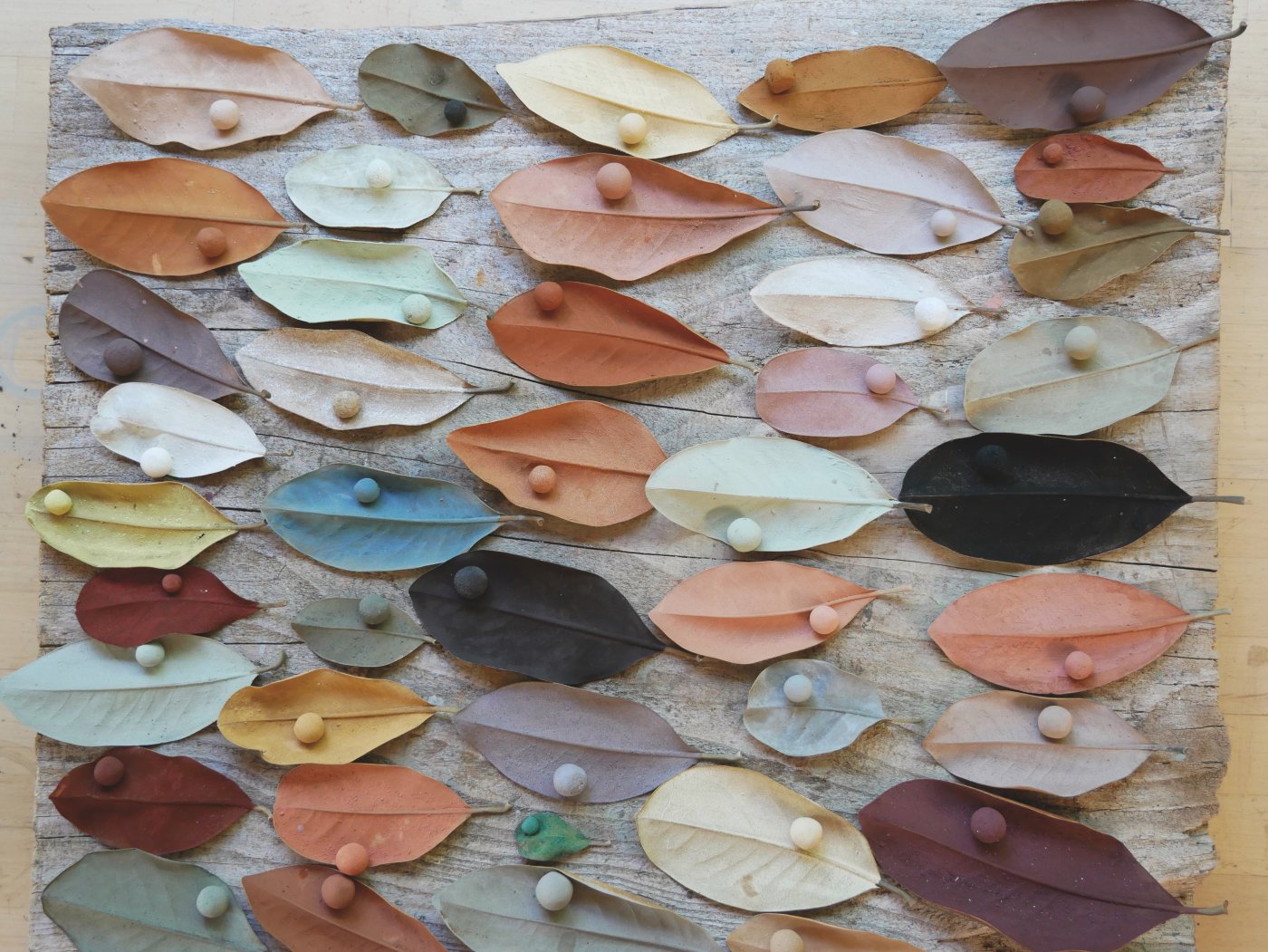Poles That Put a Spring in Your Step
That innate flex of wood grain was what surprised, then captivated, John Hermanson of Bozeman, Montana. In the summer of 2017, he was hiking in the North Cascade Mountains of Washington, one of the steepest mountain ranges in the world. At one point he came to a ridge he had to descend. The ground had been burned, and it was hard for him to keep his footing on the steep, rocky slope. He looked around.
“Underneath the ash,” Hermanson recalls, “I found this stick that had been warped into a perfect C-shape, like a semicircle.”
He picked it up and used it to steady himself as he started making his way down the slope, negotiating loose rocks underfoot. The curved stick had some give in it and helped him speed down the hill. “It was a great way to stay balanced and secure my footing on really insecure ground,” he says. “It was sort of springy, like a shock absorber. I could go straight down.”
When he got back to civilization, meaning the internet, he started looking for something similar in the world of outdoor gear. The closest thing—standard trekking poles—had none of the springiness he was looking for.
For the next year and a half, he thought about that stick and about trying to re-create it. Hermanson was an accomplished musician, but working with wood was a different sort of craft. He couldn’t decide whether his idea was brilliant or crazy. Finally, he knew he had to try to bring it to fruition.
Could the medieval technology of the longbow help him figure out how to craft a strong but springy walking staff? He started watching YouTube videos of longbow makers. He bought woodworking equipment. He made prototype after prototype after prototype.
Slowly, Hermanson learned the qualities of wood: hardness, compression, strength, elasticity, heaviness, flexibility. And he paid attention to how the staff would meet the ground.
“I looked a lot at the natural world,” he says. “How does a grizzly’s foot attach to the ground? And is that better than a goat’s?”
Hermanson finally settled on a design that wedded the natural and the human-made. It had seven layers: four of wood, two of fiberglass, and one of carbon fiber.
Last came the name: Limber Bows.
“I really enjoy the whole process,” Hermanson says. “Music is less tangible. You finish a song, and you feel good about that. But it’s not something you can stand back and admire.”
In January 2023, Hermanson debuted his handcrafted Limber Bows at the Outdoor Retailer trade show in Salt Lake City. The response was huge, resulting in a long line of companies wanting to get on board. He chose one, and they are now working to make a version of Limber Bows—most likely out of carbon fiber—that can be manufactured while retaining those same qualities Hermanson found in a simple piece of wood that he stumbled on in the wild.
Frank Bures is based in Minneapolis and writes frequently about the outdoors. He is the author of The Geography of Madness, editor of Under Purple Skies:The Minneapolis Anthology, and producer of In the Footsteps of Prince: A Self-Guided AudioTour of Downtown Minneapolis.
